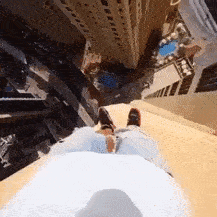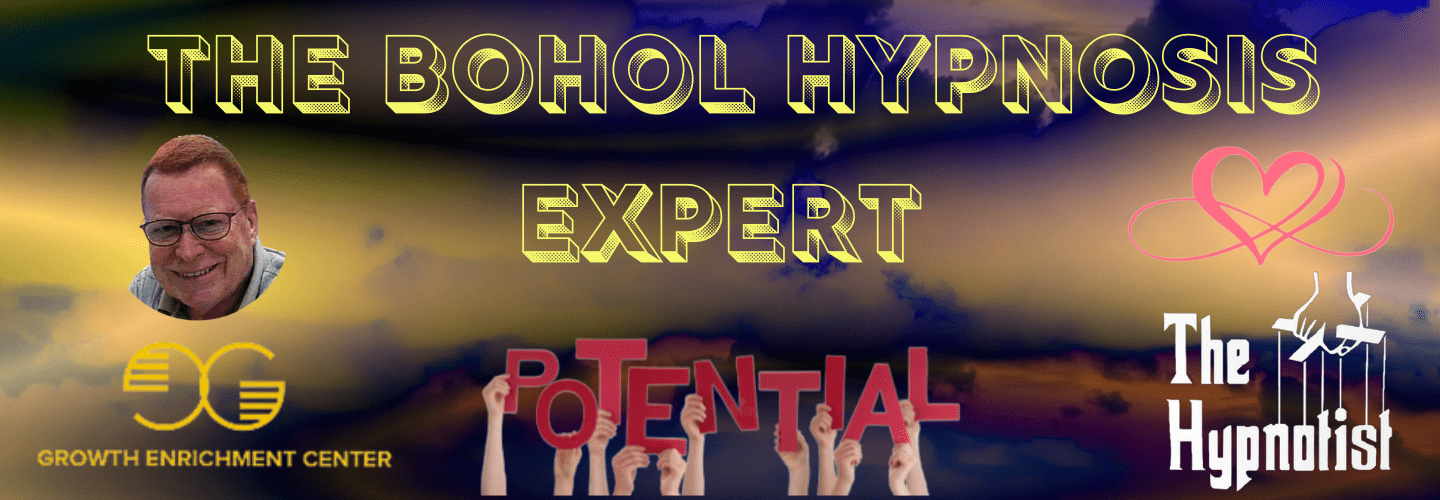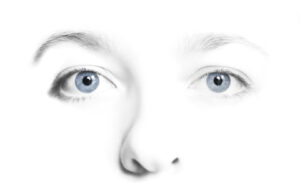
THE FEAR OF HEIGHTS
A Most Common Phobia
A fear of heights, also known as acrophobia, is a common phobia. It can cause someone to experience extreme anxiety when in high places, such as on a balcony or rooftop, or even when looking down from a high point. People may experience dizziness, confusion, sweating, and an elevated heart rate.
If a person with acrophobia is forced to confront their fear, a panic attack may occur. Treatment for this phobia may include cognitive-behavioral therapy, desensitization, and medications such as antidepressants or anti-anxiety medications.
Visualizations and Breathing
Patients can also utilize visualizations and breathing exercises to help them manage their fear of heights. Visualization techniques involve imagining a peaceful scene and using relaxation techniques to reduce anxiety.
 Breathing exercises can also help to slow down the heart rate and reduce feelings of fear. These techniques are most effective when done regularly and in combination with other treatments. Additionally, it is important to discuss any persistent fear with a mental health professional to ensure that the necessary steps are taken to manage the fear.
Breathing exercises can also help to slow down the heart rate and reduce feelings of fear. These techniques are most effective when done regularly and in combination with other treatments. Additionally, it is important to discuss any persistent fear with a mental health professional to ensure that the necessary steps are taken to manage the fear.
People with acrophobia can take steps to reduce their fear of heights. These include avoiding situations that may trigger the fear, such as looking down from a high place, and engaging in relaxation exercises, such as deep breathing and progressive muscle relaxation.
Challenge Negative Thoughts
It is also important to challenge negative thoughts about heights, such as “I will fall if I look down”, and replace them with more positive and realistic thoughts. This can help reduce anxiety and fear in the long run.
Finally, those with acrophobia should take steps to increase their tolerance of heights, such as gradually increasing exposure to activities involving heights or using virtual reality or other simulation tools to become more comfortable with the feeling of being high up. With the right course of treatment, people with acrophobia can successfully overcome their fear.
Acrophobia
Acrophobia is an intense fear or phobia of heights. It is a type of specific phobia, which is an irrational fear of specific objects or situations that cause intense fear and anxiety in those who suffer from it.
Symptoms of acrophobia can include dizziness, heart palpitations, shortness of breath, trembling, and a feeling of dread. People with acrophobia may avoid heights or activities involving heights, such as riding elevators, climbing ladders, or going on certain amusement park rides.
Treatment typically involves cognitive-behavioral therapy and/or exposure therapy. People with acrophobia can take steps to reduce their fear of heights. These include avoiding situations that may trigger the fear, such as looking down from a high place, and engaging in relaxation exercises, such as deep breathing and progressive muscle relaxation.
It is also important to challenge negative thoughts about heights, such as “I will fall if I look down”, and replace them with more positive and realistic thoughts. This can help reduce anxiety and fear in the long run.
Finally, those with acrophobia should take steps to increase their tolerance of heights, such as gradually increasing exposure to activities involving heights or using virtual reality or other simulation tools to become more comfortable with the feeling of being high up. With the right course of treatment, people with acrophobia can successfully overcome their fear.
Cognitive-behavioral therapy
Cognitive-behavioral therapy (CBT) is an effective treatment for acrophobia. It involves learning to recognize and modify the irrational thoughts and beliefs that contribute to the fear. In CBT, the therapist works with the patient to help them identify their irrational thoughts and then come up with more realistic and logical alternatives.
Additionally, patients practice exposure therapy, which involves gradually increasing exposure to activities involving heights. Exposure therapy helps to desensitize the patient to the fear by gradually increasing their exposure to heights in a safe and controlled environment.
The patient is taught relaxation techniques to help them cope with their anxiety during the exposure. With support and guidance from the therapist, the patient can eventually become comfortable with heights.
EFT
I use a very successful technique called EFT. Emotional Freedom Technique (EFT) is a form of psychological acupressure, based on the same energy meridians used in traditional acupuncture to treat physical and emotional ailments for over five thousand years, but without the invasiveness of needles.
Instead, simple tapping with the fingertips is used to input kinetic energy onto specific meridians on the head and chest while you think about your specific problem – whether it is a traumatic event, an addiction, pain, etc. – and voice positive affirmations.
This combination of tapping the energy meridians and voicing positive affirmation works to clear the “short-circuit” – the emotional block – from your body’s bioenergy system, thus restoring your mind and body’s balance, which is essential for optimal health and the healing of physical disease.
Case Study
I have been very successful in resolving the fear of heights in a 15 minute EFT session and then we go to a stairs or roof to complete the session. While in Ventura harbor to eat dinner with my good friend Fred, we started to ascend a stair case to a third floor patio restaurant.
There was a middle age man struggling to gain the courage to go up the first flight of stairs and his wife was pulling him and begging him. I introduced myself to him and asked if I could show him a sure fire technique to conquer his fear of heights. He accepted my offer and I quickly told him about EFT and how it works.
I had him close his eyes and go back to the most terrifying time he ever had with his fear of heights and rate it 1 to 10. He literally teared up, which is quite normal, due to the high emotion of the remembered action. He gave it a 12 on my 10 scale. We tapped the EFT points and he repeated the pattern I ask him to say. The first round brought down his score to a 6 on the 10 scale.
The second round of EFT tapping brought his same memory of that emotion to a 0 or 1. He could not decide but the emotion was gone. We then walked without an issue to the top. He did not even hold on to the railing.
Later that evening, when Fred and I ask for the check for our dinner, the waiter brought over a note that said thanks so much for the help and solving years of a fear. And your dinners are on us. Was a very good feeling to help people struggling with so simple problems but to them it is life changing.
Do not be afraid to reach out to me, Mark E Wilkins, to assist you in any issues you might have. Most Hypnotherapy sessions last 2 hours and EFT Sessions are usually handled with one session. Life Coaching is 45 minute session, one a week.
To make an appointment, first listen to the Pre-talk and fill out he Complementary Healthcare Provider Disclosure. The use the Contact Form to request an appointment with the Bohol Hypnosis Expert.





